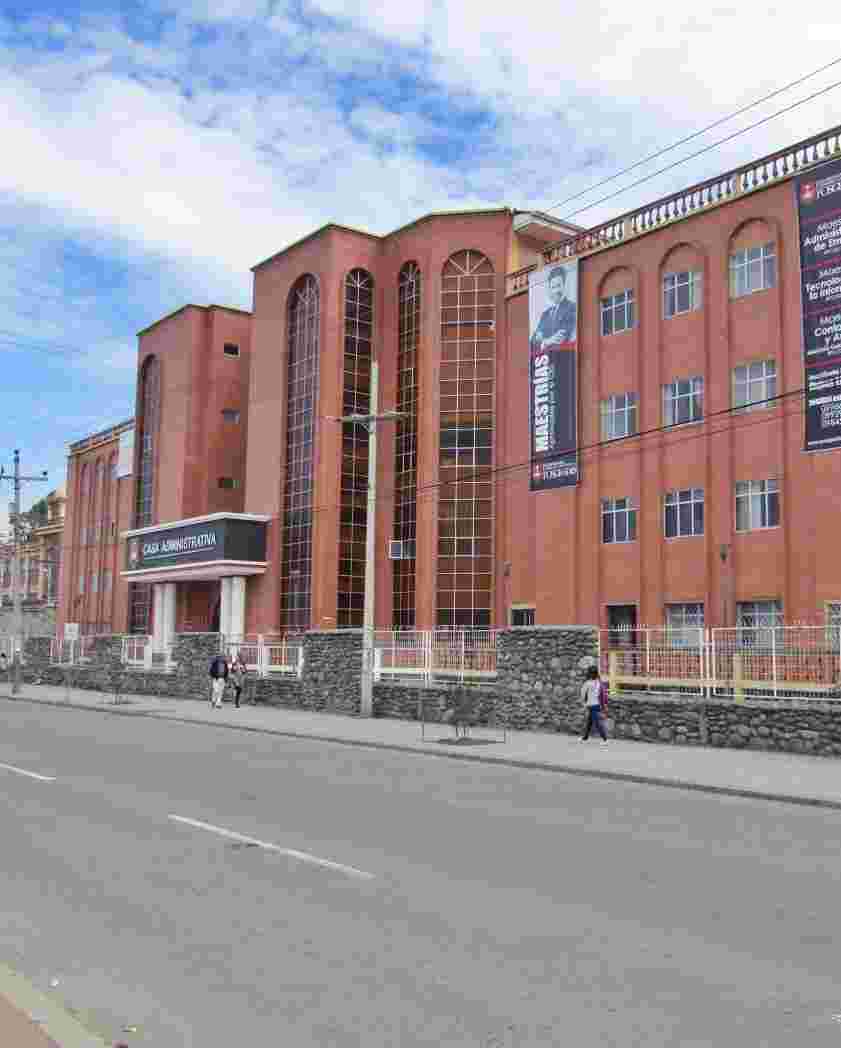Ingeniería Civil
URI permanente para esta comunidadhttps://dspace.ucacue.edu.ec/handle/ucacue/37
Examinar
Examinando Ingeniería Civil por Asesores "Chacón Cedeño, Victor Manuel"
Mostrando 1 - 2 de 2
- Resultados por página
- Opciones de ordenación
Ítem Acceso Abierto Determinación de capacidad de almacenamiento de reservorios e identificación de áreas para nuevos almacenamientos en Azuay(Universidad Católica de Cuenca., 2025) Brito Vaca, Leidy Mireye; Ramón Zumba, Fanny Maribel; Chacón Cedeño, Victor Manuel; 1400963060; 0105354559The development of this project is focused on the province of Azuay. It is based on the use of Geographic Information Systems to determine storage capacity and identify new areas for reservoirs, as the province is notable for its agricultural and livestock production. A methodological sequence using programs and software was proposed, such as: GOOGLE EARTH, which enables the identification of water bodies; NASA Earthdata, which provides digital elevation model (DEM) maps; and ArcMap, which allows for the visualization of DEM maps, where contour lines with a vertical equidistance of 5 meters are extracted. To represent the slope of the terrain, slope maps are generated based on the contour lines, leading to the creation of TINs (Triangular Irregular Networks). By combining the water bodies and the TINs, it was possible to determine the physical characteristics of the reservoirs, such as area and volume. A total of 126 existing reservoirs were identified in the province, with more than 50% located in the Santa Isabel canton. Additionally, eight possible areas for new reservoirs were identified, three of which are located in the Cuenca canton and one reservoir in each of the following cantons: Camilo Ponce Enríquez, Gualaceo, Sigsig, Nabón, and Sevilla de Oro – El Pan.Ítem Acceso Abierto Rendimiento de los recicladores de la Ciudad de Cuenca(Universidad Católica de Cuenca., 2025) Domínguez Plaza, Karla Alexandra; Chacón Cedeño, Victor Manuel; 0105380273This study aimed to evaluate the performance of curbside waste pickers in the city of Cuenca by analyzing their average yield in different urban areas: neighborhoods, condominiums, commercial zones, and rural areas. Additionally, performance was based on the type of recycled material and variations among three waste picker associations: Sol y Agua, Centro Histórico, and Pichacay. A descriptive-correlational and quantitative methodology with a quasi-experimental approach was used. Data were collected through surveys, field accompaniment, and systematic records of weight and distance along the collection routes carried out by waste pickers in various areas of Cuenca to assess their performance, as well as the time and distance covered during their routes. The results show that, contrary to common assumptions, waste pickers who cover longer routes do not necessarily collect larger volumes of materials. By contrast, some waste pickers with shorter routes manage to collect more material due to the characteristics of the area and the amount of waste generated. The study provides technical insights for redesigning recycling routes in the areas analyzed, prioritizing those with higher yield and efficiency. By demonstrating that longer routes do not always result in greater collection, the study offers applicable criteria ot optimize the route assignments and promote a more equitable distribution of work among waste pickers.




